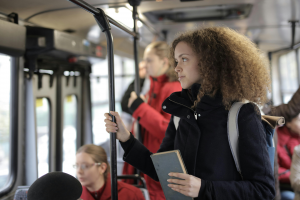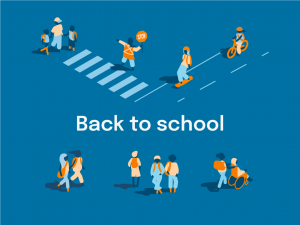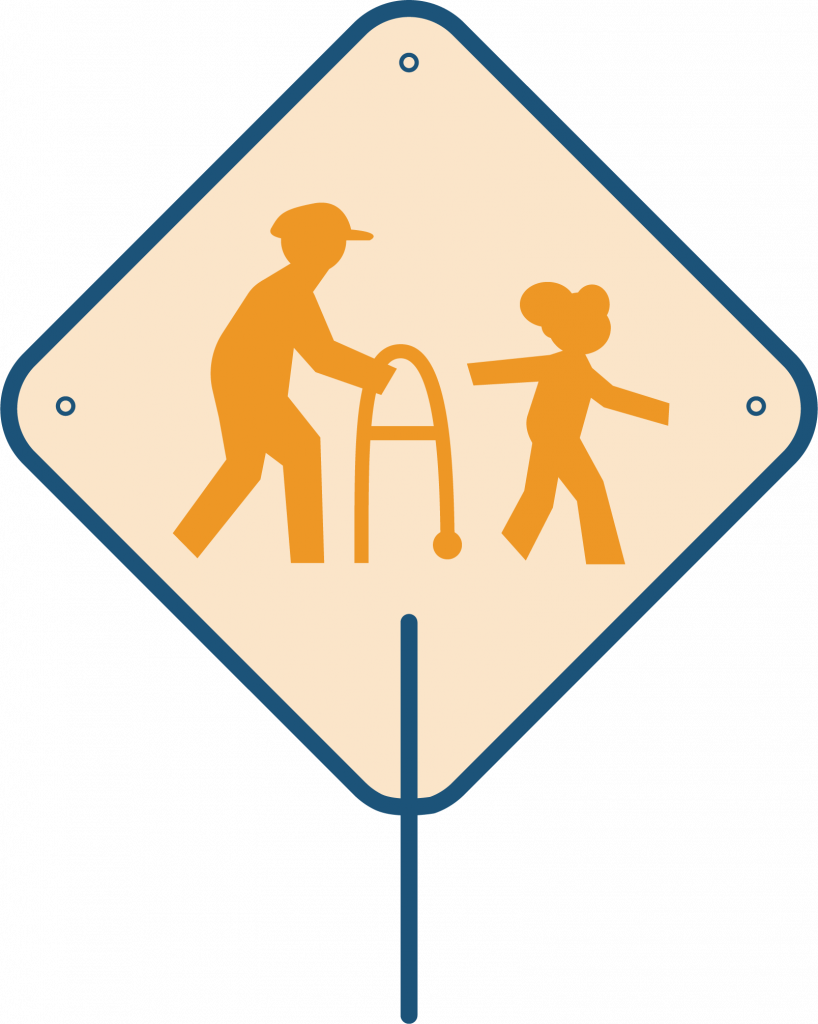
Pedestrian Safety Month:
Safer streets start with us
October is National Pedestrian Safety Month, a time to highlight a simple fact: walking should never come with risk. Whether it’s walking to school, to work, to transit, in a parking lot or just around the block, we are all pedestrians at some point.
And while walking in many U.S. cities still feels dangerous, global examples prove that change is possible. Cities that commit to Vision Zero — the goal of eliminating traffic deaths and serious injuries in traffic — have already shown us a way forward.
What we know works
- Safer speeds:
According to the Federal Highway Administration (FHWA), reducing vehicle speeds is the single most effective way to protect pedestrians (FHWA Safe System). - Street safety redesigns:
New York City Vision Zero street safety projects have reduced pedestrian deaths by 36% where safety redesign improvements were made (Vision Zero NYC). - Visibility:
77% of pedestrian fatalities occur after dark (NHTSA, 2021). Reflective gear, better lighting, and slowing speeds all reduce this risk. Installing proven countermeasures like pedestrian activated Rapid Flashing Beacons (RRFBs) can also dramatically improve driver behavior at crosswalks, especially in areas without traffic signals (FHWA).
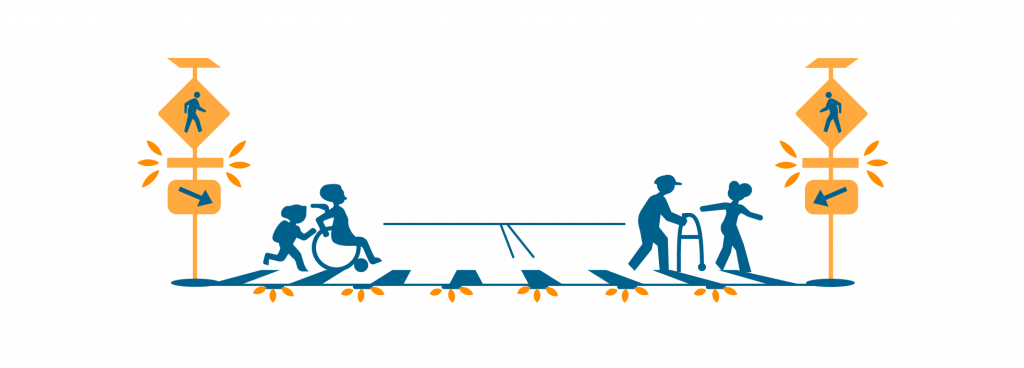
- Reduce distractions:
Car drivers, bicyclists and pedestrians must be more more diligent to avoid distractions (such as the use of ear pods and mobile devices) while moving, particularly at road intersections.
Global proof:
Helsinki, Finland achieved zero pedestrian deaths in 2019 and 2025 by redesigning streets for slower speeds, prioritizing pedestrians, and building safe crossings (Vision Zero Network).
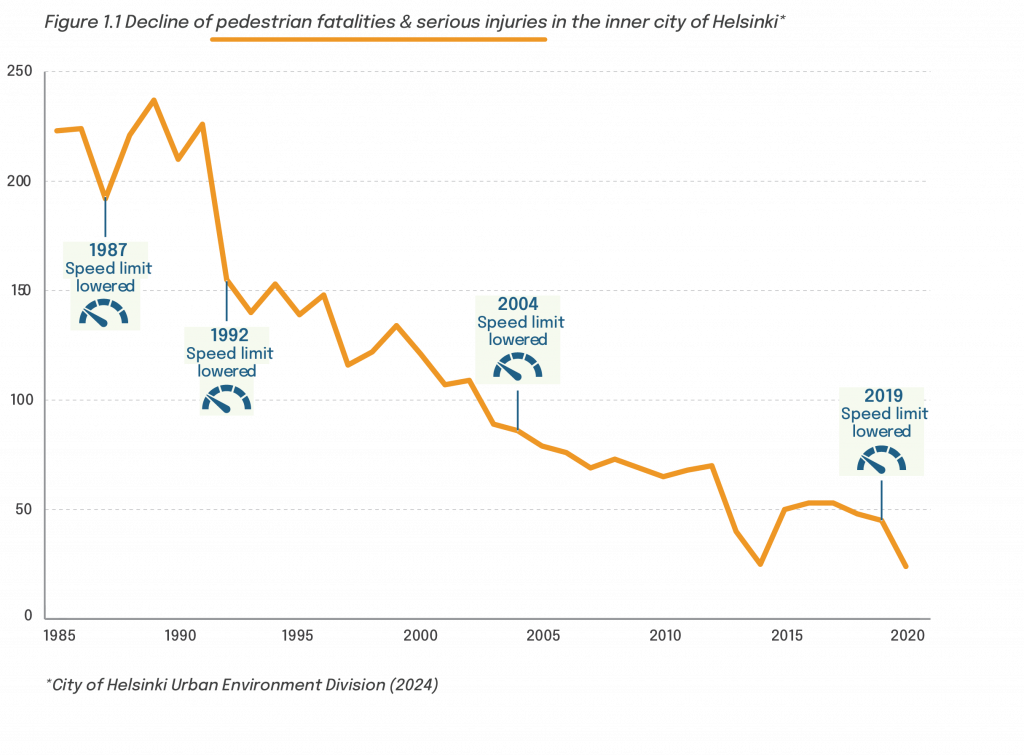
What we can do—this month and beyond
- Drivers: Slow down, avoid distractions and be prepared to stop at intersections and crosswalks.
Just a 5–10 mph speed reduction can mean the difference between life and death in a crash. - Pedestrians: Stay alert and visible. Reflective armbands, clips, or even Halloween-themed reflective gear make a real difference.
- Communities: Use the policy tools available and build broad local support. Collaborate, organize, and look for grants. The Safe Streets and Roads for All Grant Program delivered $1 billion per year to redesign streets with the Safe Systems Approach, designing roads that anticipate human mistakes and protect everyone (USDOT SS4A). There are also other state and local grant opportunities to take advantage of.
The bigger picture
Walking leads to healthier, quieter, cleaner, and safer streets, while boosting local economies and strengthening communities (USDOT).
At DCR, we believe the path forward is clear:
- Slow traffic in urban areas
- Remind and enforce behavior to reduce distractions while moving
- Build dedicated walking and biking networks
- Ensure everyone has access to public transit within a 5-minute walk
- Prioritize equity and sustainability in every street project
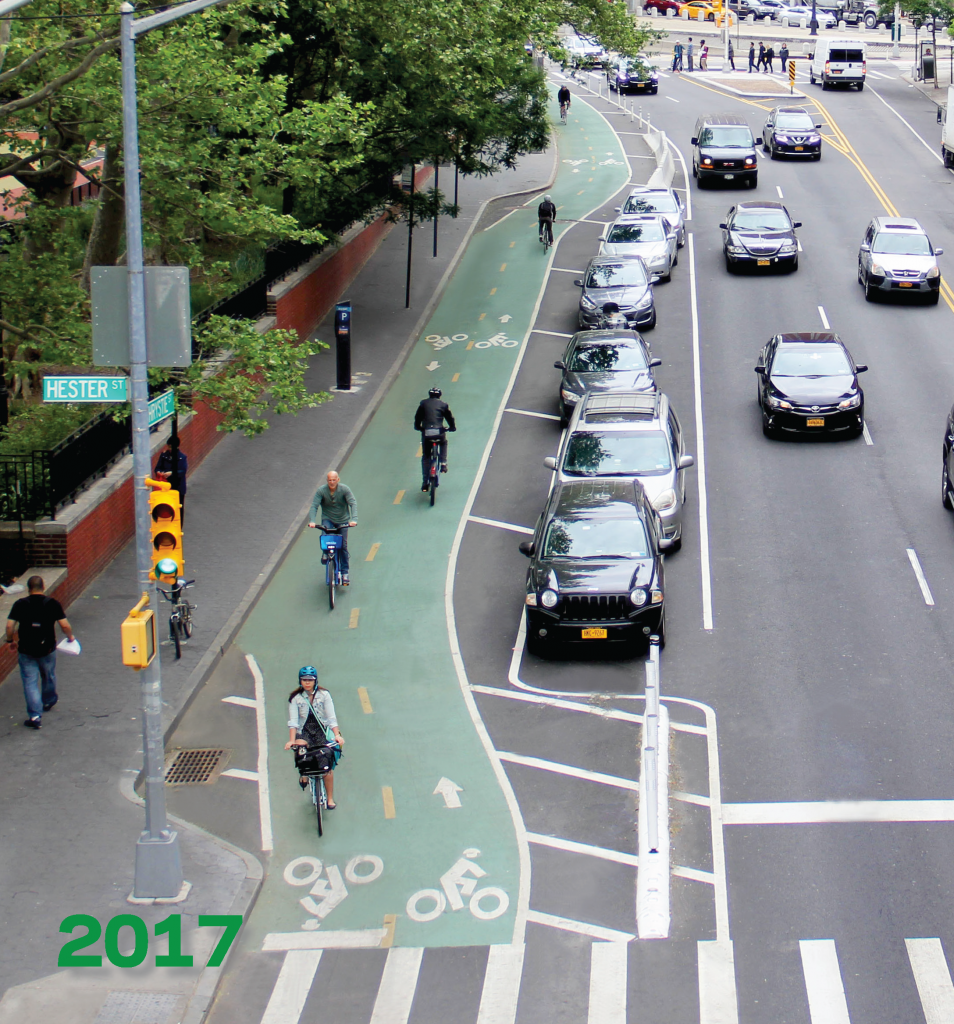
by New York Vision Zero
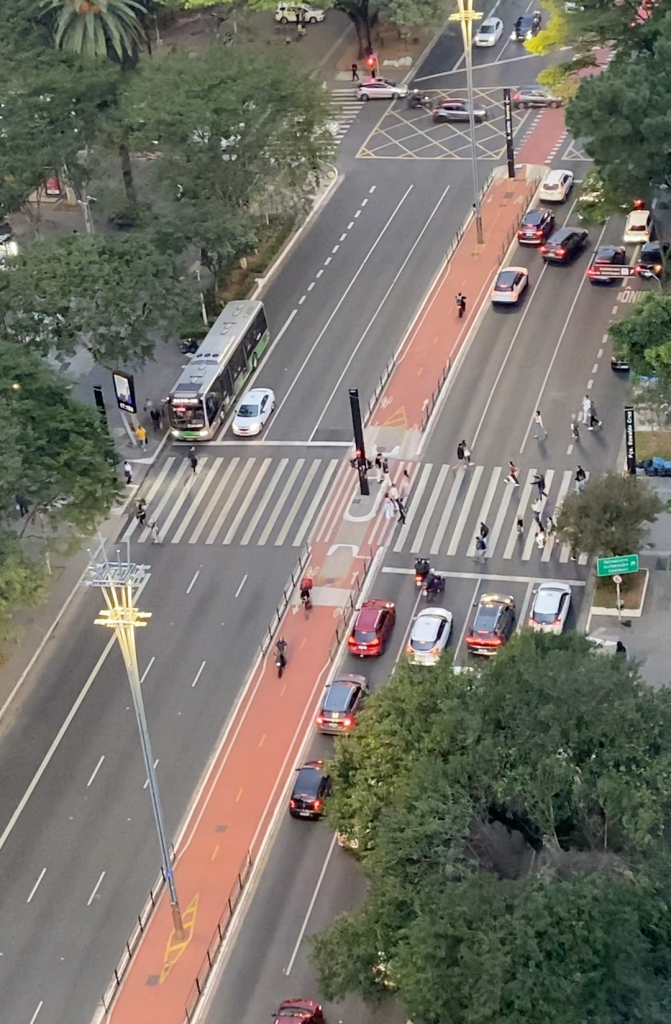
by DCR staff
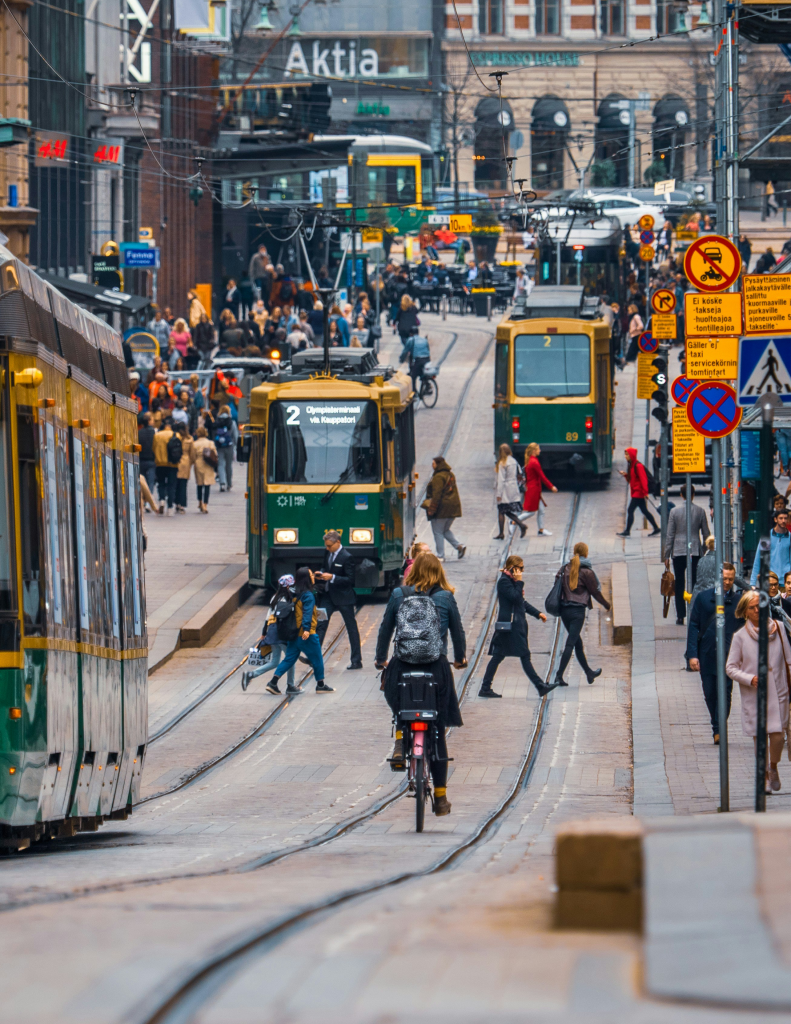
by Tapio Haaja
If Helsinki can eliminate pedestrian deaths, so can we. The solutions exist — it’s a matter of commitment and follow-through.
Our team at DCR Design is committed to improving road safety. Some recent projects we have worked on include:
- SLOCOG Road to Zero (slocogroadtozero.org)
- SLOCOG Active Transportation Plan (slocogatp.org)
- LADOT Livable Streets (ladotlivablestreets.org)
The bottom line
Pedestrian Safety Month is about more than awareness — it’s about action. From reflective vests while trick-or-treating to billion-dollar infrastructure redesigns, the steps we take today will shape whether our communities are safe to walk in tomorrow.
Let’s use October — Pedestrian Safety Month — as a call to heightened action. Because safer streets aren’t just possible — they’re already a reality in cities that made the choice to prioritize people.

Want to work with us? Feeling inspired?
Contact us at info@dcrdesign.net or checkout our social medias: LinkedIn, X and Instagram
For more information visit: Rapid flashing beacon, Vision zero, SLOCOG Road to Zero, LADOT Livable Streets


